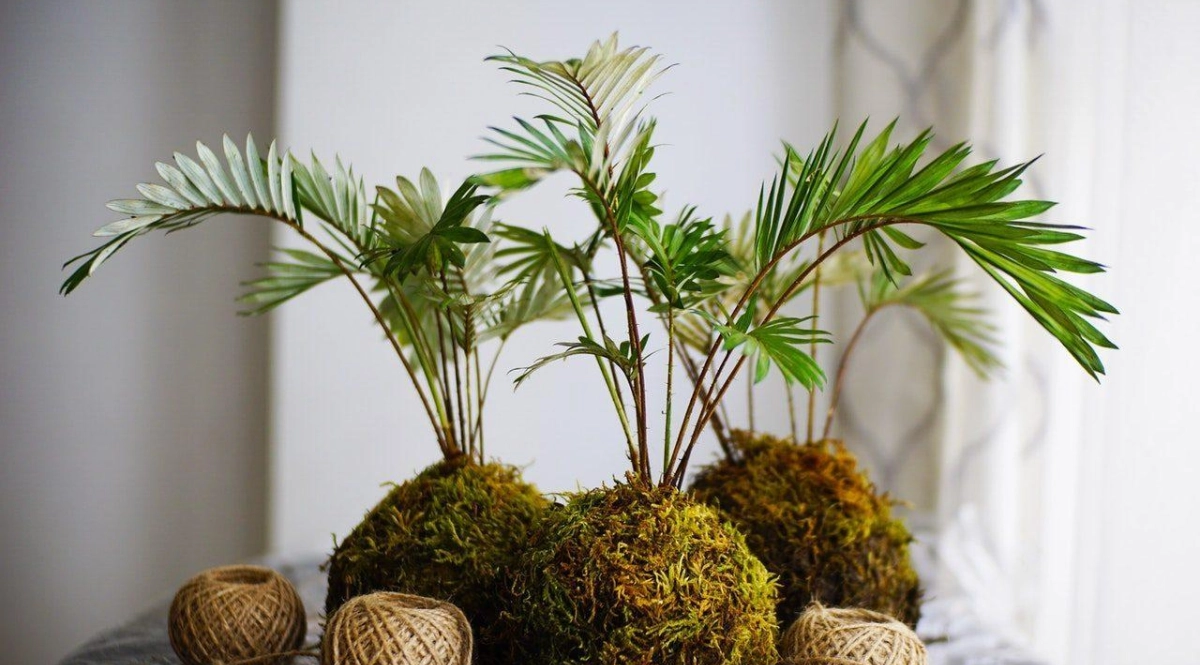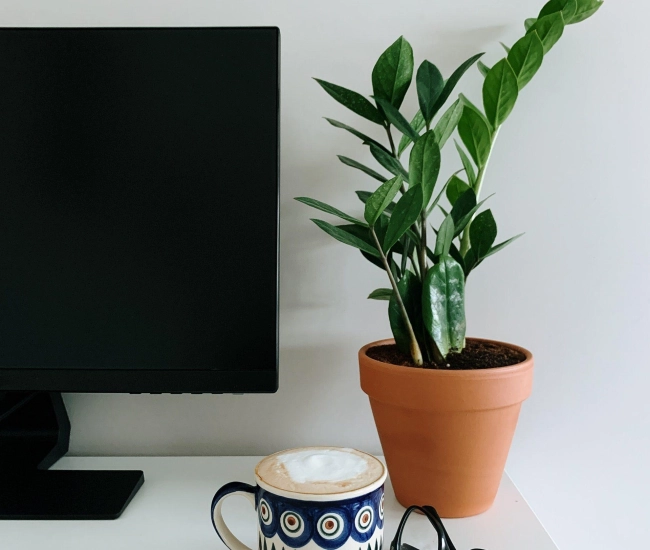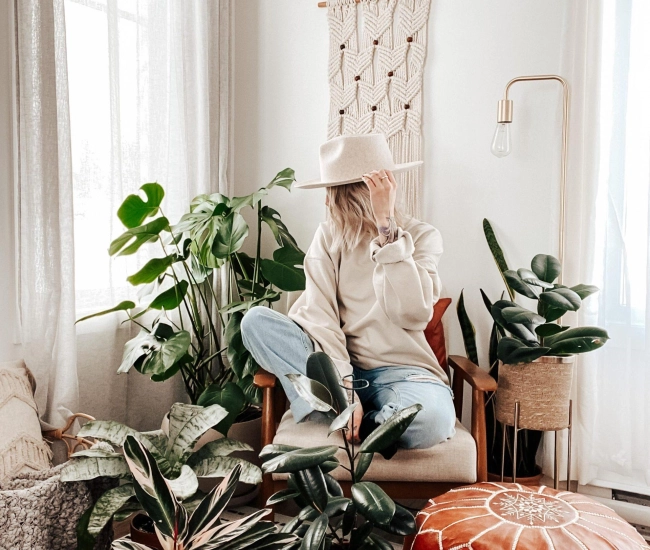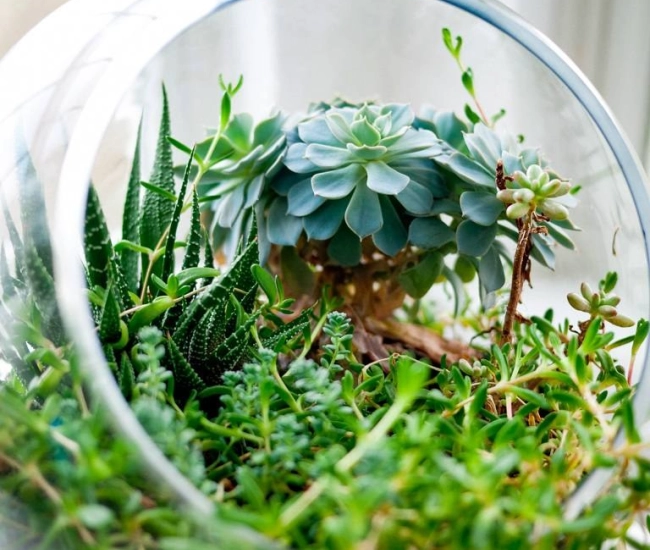
Between remote work, homeschooling, suspended sports and other cultural activities, the cold, the ice, and some potential isolations and other lockdowns, creativity is required to keep children occupied. Why not take the opportunity to have them create fun plant decorations that will beautify your decor, no matter its style? Here are some ideas for hanging plants to make at home with children.
Terrarium

Terrariums can take many forms and while they can be placed on furniture, there are different glass globes that allow you to hang them in a room to add height and a lot of style. You will find a multitude of hanging containers in garden centers where you can create your terrarium according to your tastes and desires. Take the opportunity to choose the plants you will place in your terrarium, making sure to select varieties that will tolerate this environment well. Then, follow the guide:
The base
The base of your terrarium consists of 3 layers and should not exceed one-third of the height of your glass bubble: gravel, sphagnum moss, and potting soil.
- First, place the rocks at the bottom of the container, this is where the excess water will accumulate.
- Next, add at least 2 cm of sphagnum moss, then moist but not soggy potting soil, enough to cover the root ball of your plants. Choose the potting soil suitable for the chosen plants.
The plants
Depending on the size of your terrarium, you will choose one or more plants. If you have more than one, make sure they have the same water, light, and fertilizer needs to facilitate maintenance.
- Plant carefully so that the leaves of your plants do not touch the walls of the container.
- Gently pack the soil around the root ball once planting is complete.
- Mist the foliage.
The decor
Here, let your imagination run wild to create a terrarium that reflects your personality.
- Add colored sand, decorative stones, and why not figurines or other decorative elements that you like.
- If you prefer, you can leave your terrarium as is, without adding other elements.
- Hang and admire!
Kokedama

Another original way to hang plants is to make a kokedama, a plant grown without a pot, in a soil ball covered with plant moss. Many plants can thrive in kokedama. Epiphytic plants like orchids and bromeliads are probably the best suited, but some rather hardy tropicals, like ferns and philodendrons, and succulents such as aloe and agave work very well. In addition to being very fun, creating a kokedama is quite simple.
Here's how to do it:
- Mix 2/3 potting soil and 1/3 green or white clay and moisten well to create a malleable paste, neither too hard nor too crumbly.
- Remove the plant from its pot and remove the excess soil while keeping the roots intact. Cover the root ball with your substrate mixture, forming a fairly compact ball.
- Then cover your ball with sheet moss, long sphagnum moss, or any other live moss you can find at a florist or garden center.
- Wrap your structure with a thin wire, jute rope, or fishing line to keep everything in place. Tie in all directions so that the ball is solid and maintains its shape, especially if it is suspended.
And there you have it, it's as simple as that! All that's left is to hang your creation in the place of your choice. To water your kokedama, take it down and pass it under the shower jet to thoroughly moisten the ball or soak it in water for about twenty minutes and put it back in place. Depending on the plant you have chosen, it might be good to mist the foliage and flowers from time to time.
And of course, the tillandsias

Tillandsias, or air plants, have this peculiarity of being able to live and grow without being planted in soil. They draw the resources necessary for their survival from the air. They are therefore perfect for hanging. You can attach them to a metal or wooden structure, place them in a terrarium, or simply wrap them with wire or nylon and hang them as if they were flying. Their maintenance is quite simple, just soak them for an hour once or twice a week. If you see the leaves curling towards the center, it means your plant is dehydrated. You can then let it soak overnight before putting it back in place. If your structure prevents the plant from being removed for watering, mist it generously and regularly.
These are just a few activity ideas to do with children that allow them to discover the joy of gardening and the many benefits of plants. You will also see the pride they will have in hanging their own plant creation as home decoration. Visit your Passion Jardins retailer for more project ideas to do at home!
Classified under
Tips and advice



